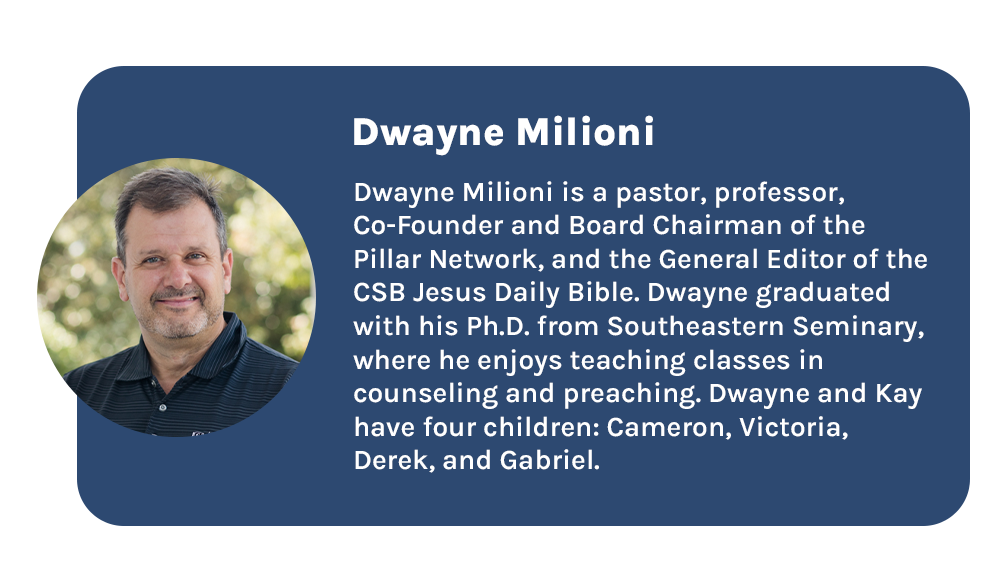The Good Life is the Holy Life
We live in a culture obsessed with “the good life.” For some, it means wealth and comfort, for others, freedom and success. Advertisers feed this pursuit—whether with slogans like “Choose Pleasure” or promises that their product will let you escape the ordinary world. For some, the good life is tied to strong families or a healthy mind and body. Ask ten people to define it, and you’ll likely hear ten different answers.
Peter, the apostle of Jesus, offers a radically different perspective. Writing to Christians scattered across the Roman Empire, many of them suffering loss, rejection, and persecution, he insists that the good life is not about possessions or power. It is not even about safety or success. The good life, according to Peter, is the holy life experienced in community by the people Christ purchased with his blood.
The Shape of Holiness
Holiness is not a word our culture uses often. To some, it sounds rigid or old-fashioned. But Peter makes clear that holiness is not about a dress code or a checklist. It is about a way of life shaped by hope, love, and identity in Christ. The pinnacle of God’s law, given to His people, declares, “Be holy because I am holy” (Leviticus 19:2). To be like God or to pursue Christlikeness, we must pursue a holy life, which makes it a happy and blessed life.
But how is this obtained? To begin, holiness begins with hope. Peter says we have been born again to a living hope through the resurrection of Jesus Christ (1 Peter 1:3). Our inheritance is imperishable and secure in heaven. That hope allows us to endure trials without despair. The good life is not about escaping suffering but about holding onto Christ in the midst of it.
Next, holiness shows up in love. Because the blood of Christ has redeemed us, we are called to love one another sincerely and constantly (1 Peter 1:22). The church is meant to be a community of holy love—people who forgive as they have been forgiven, who serve as they have been served, who encourage one another to keep the faith. In a divided and hostile world, holy love is a witness more powerful than any argument.
Also, holiness is grounded in our new identity. Peter describes the church as a chosen race, a royal priesthood, a holy nation, God’s special possession (1 Peter 2:9). That identity does not come from our background, ethnicity, or achievements. It comes from Christ. Once we were not a people, but now we are God’s people. Once we had not received mercy, but now we have received mercy. The good life begins when we know who we are and whose we are.
Finally, holiness becomes our witness. Peter urges believers to live honorably among unbelievers so that, even if slandered, their good works might lead others to glorify God (1 Peter 2:12). Holiness at home, in the workplace, and in society is not just for our own growth—it is for the sake of the gospel.
The Good Life and the Local Church
This vision of the good life will be the focus of the upcoming “Co-labor” Conference. The conference aims to equip ordinary Christians to live out extraordinary holiness in the everyday spaces of life—at home, at work, and through the local church.
I will be speaking on “The Good Life is the Holy Life Lived through the Local Church.” My conviction is simple: holiness is not lived in isolation. God calls us into a community, a family, a temple made of living stones.
The local church is where holiness is formed and displayed. It is where hope becomes endurance, where love becomes service, where identity becomes mission. The good life is not found in comfort, wealth, or control. It is found in Christ. It is found in a holy life. And it is found in living life together through the local church.
Register today for the 2025 Co-Labor Conference taking place on October 11 at Open Door Church!


